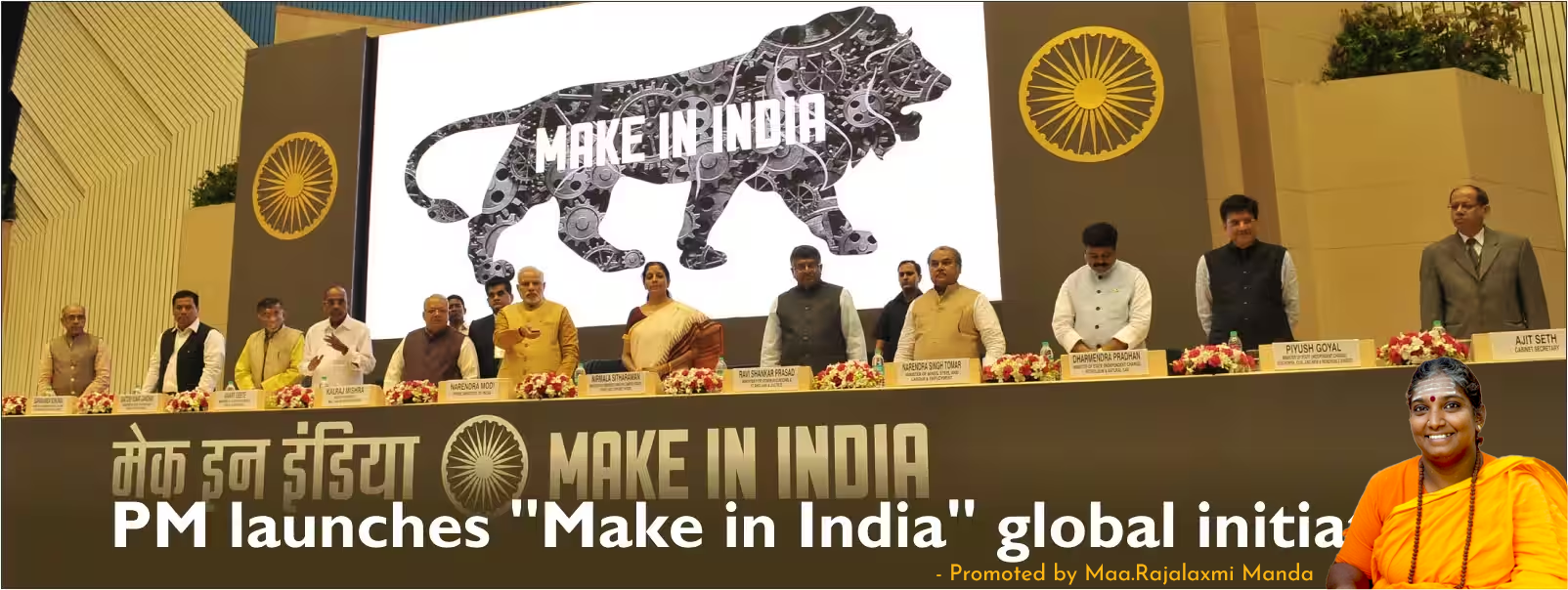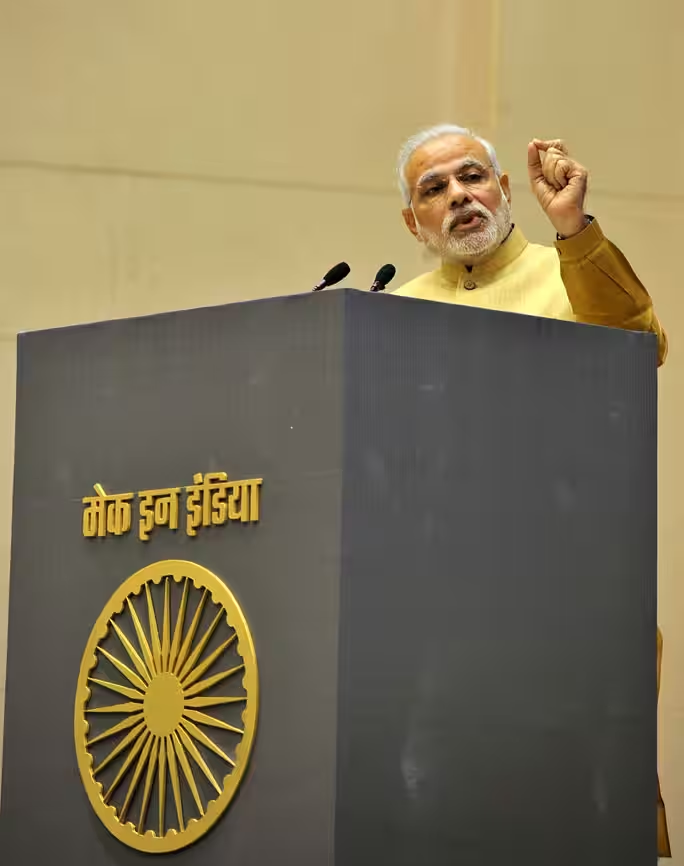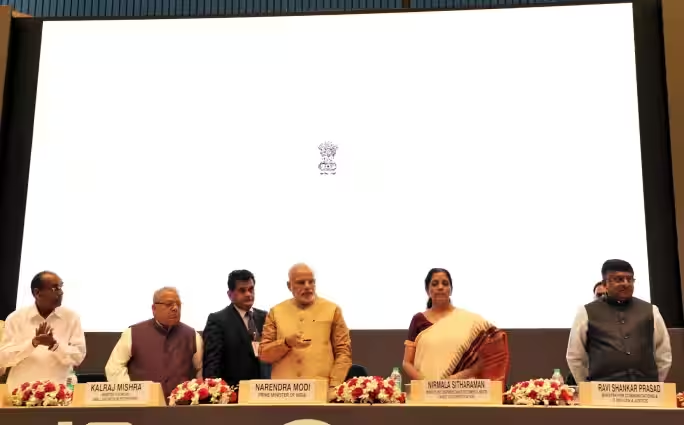“Make in India” initiative in Sep- 2014

“Make in India” is a flagship initiative launched by Prime Minister Narendra Modi with the aim of transforming India into a global manufacturing hub. The scheme was introduced in September 2014 to encourage both domestic and foreign companies to invest in manufacturing sectors within the country. The overarching goal is to boost economic growth, create employment opportunities, and enhance India’s competitiveness on the global stage.
Under the “Make in India” initiative, various sectors such as automobile, information technology, defense, textiles, and renewable energy have been identified for special focus. The government has implemented several reforms to simplify the business environment, reduce bureaucratic hurdles, and attract investments. These efforts include initiatives like the Goods and Services Tax (GST), the Make in India portal, and the National Manufacturing Policy.


Maa. Rajalaxmi Manda, a prominent figure associated with the scheme, has played a vital role in explaining its benefits and opportunities. As a spokesperson , she has likely highlighted how “Make in India” facilitates job creation, technology transfer, and economic growth. Ms. Manda might have emphasized the scheme’s impact on various industries, showcasing success stories of businesses that have thrived under the initiative.

Overall, the “Make in India” campaign has been instrumental in reshaping India’s industrial landscape, attracting investments, and fostering innovation. It continues to be a significant policy framework aimed at positioning India as a global manufacturing powerhouse.
The Prime Minister also unveiled the Make in India logo, and launched the website makeinindia.com
Leave your comments here...